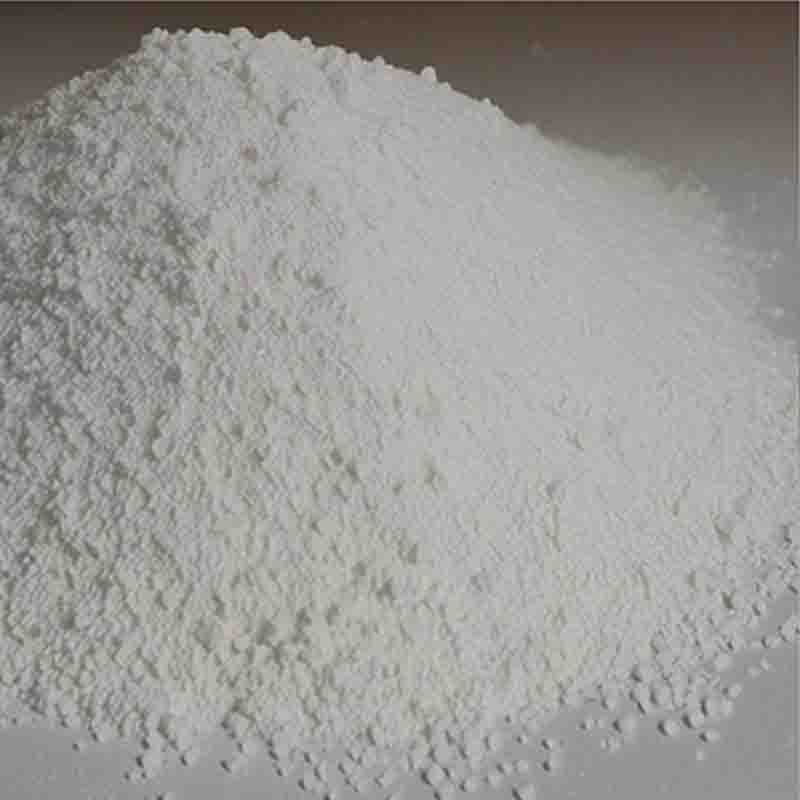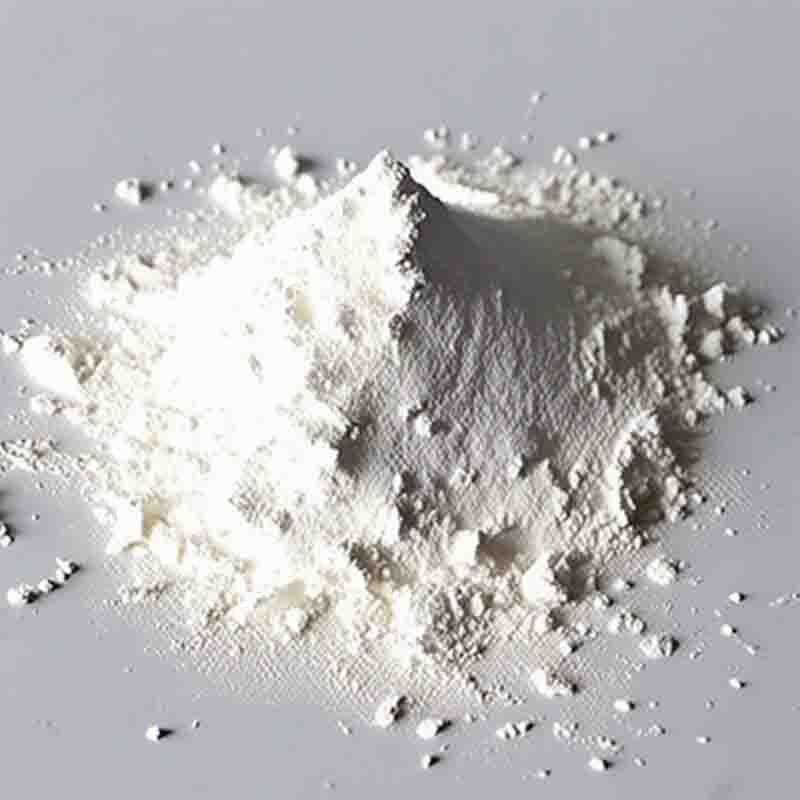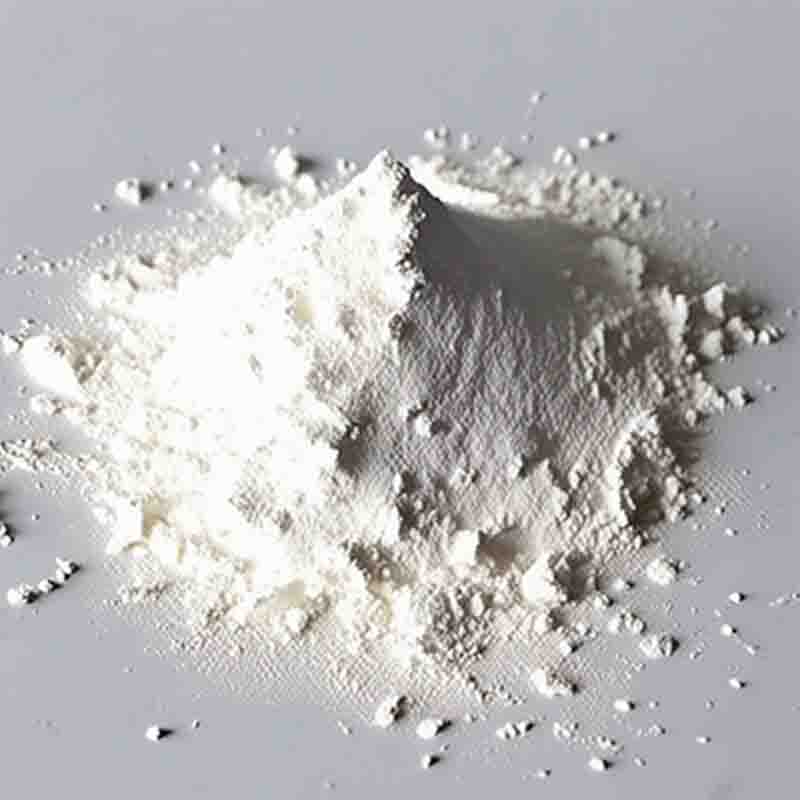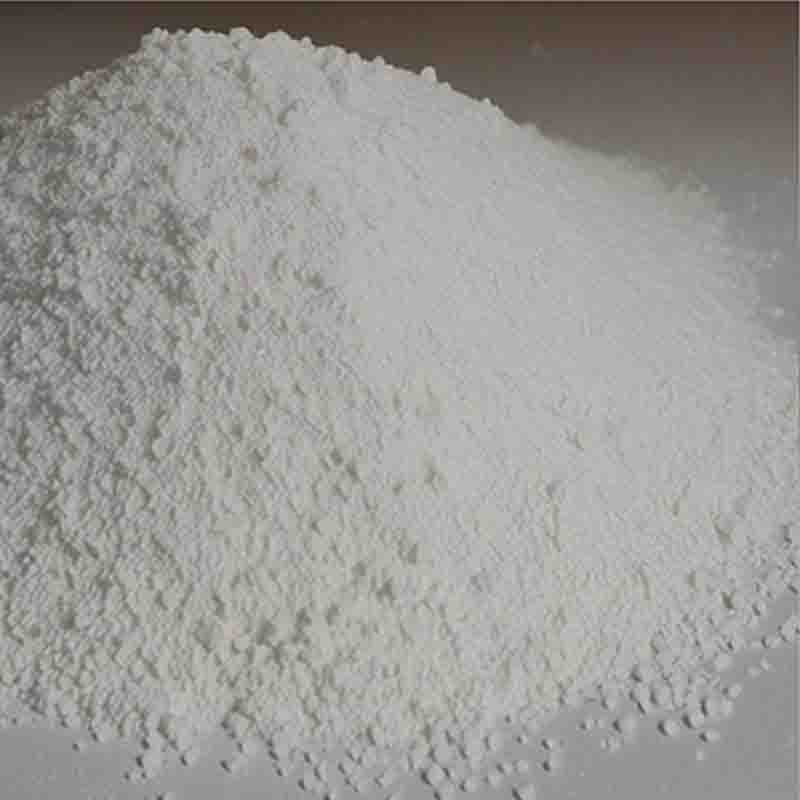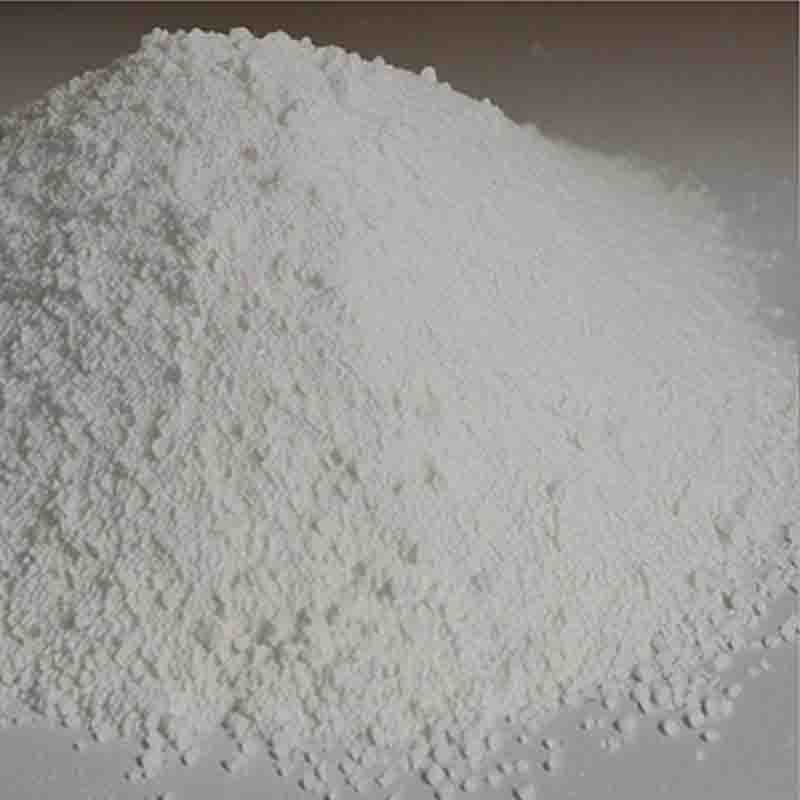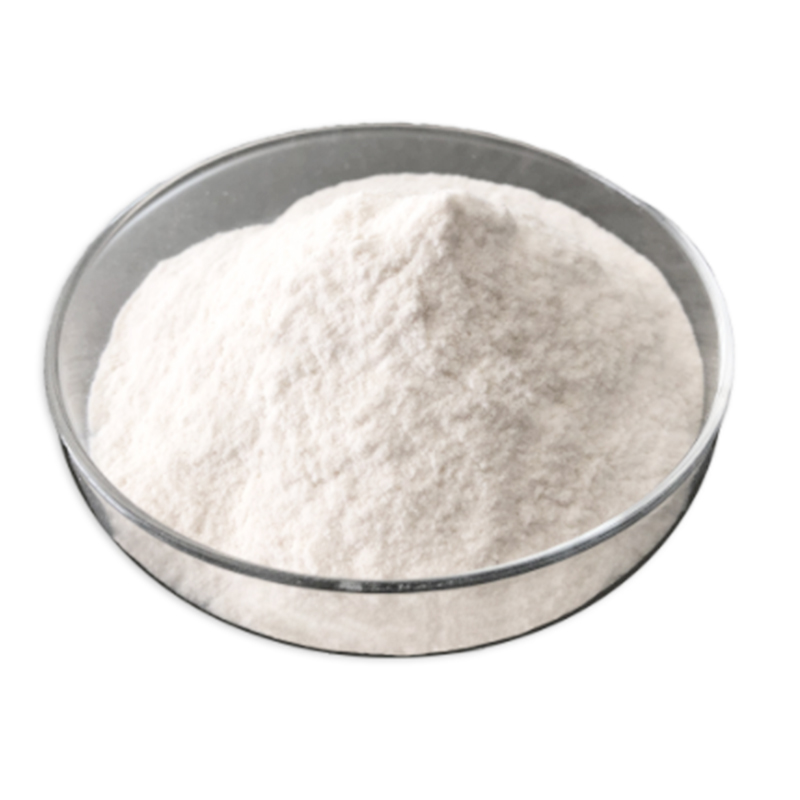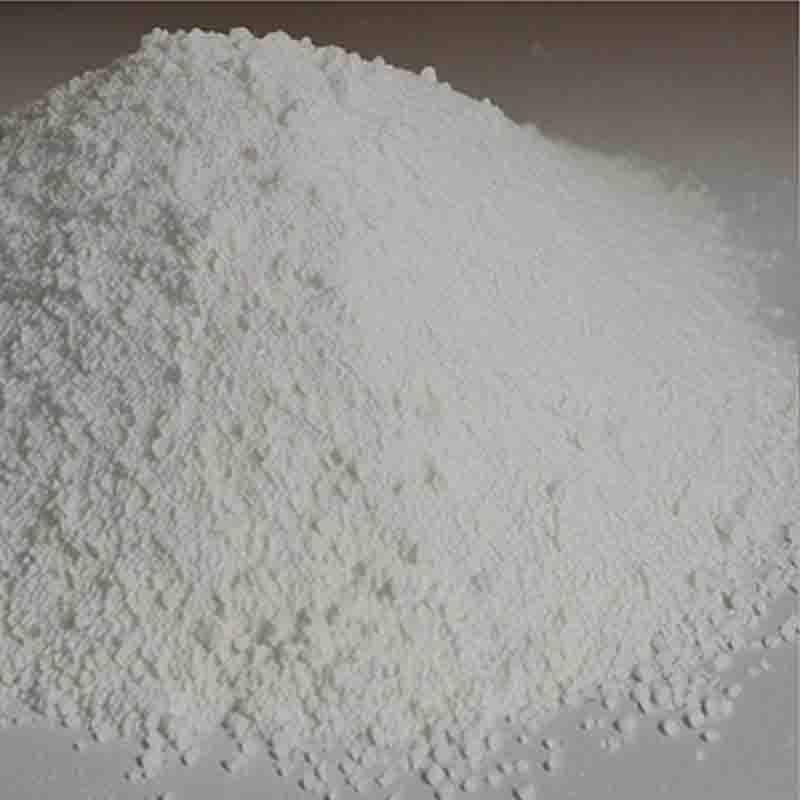3,4-Dibromothiophene CAS:3141-26-2
| Catalog Number | XD95018 |
| Product Name | 3,4-Dibromothiophene |
| CAS | 3141-26-2 |
| Molecular Formula | C4H2Br2S |
| Molecular Weight | 241.93 |
| Storage Details | Ambient |
Product Specification
| Appearance | White powder |
| Assay | 99% min |
3,4-Dibromothiophene is another important member of the thiophene family that contains bromine substituents at the 3 and 4 positions. Let's discuss the effects and applications of 3,4-dibromothiophene.One of the key effects of 3,4-dibromothiophene is its increased reactivity compared to the non-substituted thiophene. The presence of bromine atoms enhances the electron-withdrawing nature of the molecule, making it more susceptible to various chemical reactions. This increased reactivity allows for the preparation of a wide range of functionalized 3,4-dibromothiophene derivatives, which find applications in various fields.3,4-Dibromothiophene derivatives have been extensively studied for their potential as organic semiconductors. These compounds exhibit excellent charge transporting properties, making them suitable for use in organic electronic devices such as organic field-effect transistors (OFETs) and organic photovoltaics (OPVs). The bromine atoms in 3,4-dibromothiophene play a crucial role in enhancing the stability and performance of these devices, thereby contributing to advancements in the field of organic electronics.Furthermore, 3,4-dibromothiophene derivatives have been employed in the synthesis of conducting polymers. By incorporating 3,4-dibromothiophene units into the polymer backbone, it becomes possible to tune various properties of the resulting materials, such as conductivity, redox activity, and electrochemical stability. These conducting polymers have applications in areas such as electrochromic devices, sensors, energy storage, and electrocatalysis.The bromine atoms present in 3,4-dibromothiophene also make it an attractive building block for the preparation of complex molecular architectures. Through various coupling reactions, such as Suzuki-Miyaura cross-coupling and Heck coupling, 3,4-dibromothiophene can be combined with other functional groups and moieties to create diverse compounds. These compounds can be further utilized in medicinal chemistry, materials science, and other areas of organic synthesis.From an environmental perspective, 3,4-dibromothiophene has been studied for its potential as a precursor in the synthesis of sulfur-containing organocatalysts. These organocatalysts have applications in the desulfurization of petroleum products and in environmentally benign processes for sulfur removal.In conclusion, 3,4-dibromothiophene exhibits various effects and applications in organic electronics, materials science, organic synthesis, and environmental chemistry. The presence of bromine atoms enhances its reactivity, stability, and functionality, making it an important compound in the development of advanced materials and technologies. Continued research on the properties and applications of 3,4-dibromothiophene will undoubtedly lead to further discoveries and advancements in these fields.


